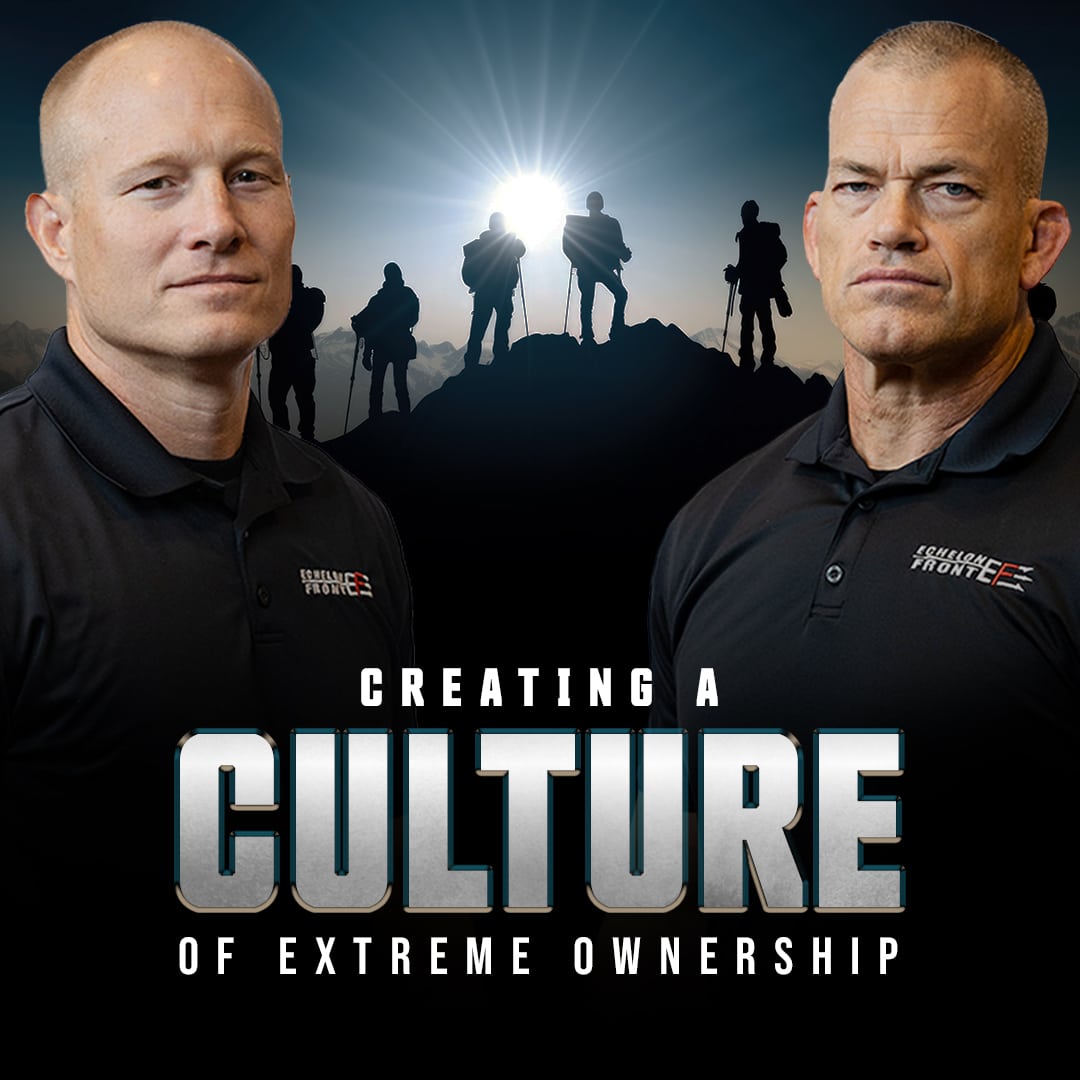Getting buy-in from your team is critical if you want to successfully roll out any new initiative—whether it’s a minor tweak in how things are done or a major organizational shift. It’s not just about telling people what’s changing; it’s about connecting with them in a way that makes them feel seen, valued, and part of the process.
At Echelon Front, we emphasize this all the time, and I’ve experienced it firsthand. Strong leadership and ownership are at the core of building strategies that actually work. Let me share a few key takeaways on how leaders can create buy-in and build a culture where people are ready to step up and make things happen.
Why Buy-In Matters
Buy-in isn’t just agreement; it’s commitment. It’s the difference between someone nodding along in a meeting and someone who’s genuinely invested in making something succeed. To get there, you need to understand your team’s motivations, values, and concerns. When you do, you can communicate in a way that resonates with them and makes them feel like part of the journey—not just passengers along for the ride.
How to Create Buy-In
There’s no magic formula, but there are strategies and tactics that can help. First, communication is non-negotiable. If people don’t understand what’s being asked of them, they can’t deliver. Second, your culture sets the tone. A supportive, open-minded team culture will make it easier to roll with change.
And let’s be real: no matter how well you communicate or how strong your culture is, people don’t like change. It’s human nature. So, as a leader, you have to anticipate resistance and be ready to address it head-on.
Communication Techniques That Work
- Adapt to Your Team: Not everyone processes information the same way. Some people love detailed reports; others just want bullet points. Some prefer casual chats, while others need structured meetings. Tailor your communication style to meet your audience where they are.
- Use Stories and Context: Facts are important, but stories are powerful. Sharing examples—whether of past success or a relatable struggle—can help people connect emotionally to what’s happening. One thing I’ve learned from Jocko Willink is that leadership isn’t just about logic; it’s about connecting with people on an emotional level, too.
- Listen and Take Feedback Seriously: Two-way communication is key. When people feel heard, they’re more likely to trust and support you. Encourage open dialogue, ask for input, and use what you hear to refine your approach.
Building a Supportive Culture
- Tie It All Back to Shared Goals: People need to see how the initiative aligns with the bigger picture. Show them how their work contributes to the organization’s mission and vision—it’s a game changer for engagement.
- Celebrate Wins: Recognition goes a long way. Whether it’s a public shoutout, new opportunities, or even just a quick thank-you, showing appreciation for your team’s efforts can boost morale and commitment.
- Empower Your Team: Let your people take ownership of parts of the process. When they feel trusted and know their contributions matter, they’ll be more invested in the outcome. This is at the heart of everything we teach at Echelon Front—ownership changes everything.
Tackling Resistance
Resistance is inevitable, but it’s also manageable:
- Address Concerns Early: Find out why people are hesitant and tackle the issues directly. Be clear, be empathetic, and provide logical reasons for the change.
- Stay Flexible: If something isn’t working, adjust. Being adaptable shows your team that you value their feedback and are focused on finding the best solution.
Conclusion
Creating buy-in isn’t a one-and-done task. It’s an ongoing process that requires strong communication, a supportive culture, and a willingness to meet your team where they are. At Echelon Front, we’ve seen how these principles can transform teams and organizations—and it all starts with leadership. When leaders take ownership and focus on building a culture of trust and connection, they can create teams that don’t just follow—they lead.



